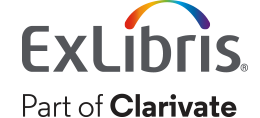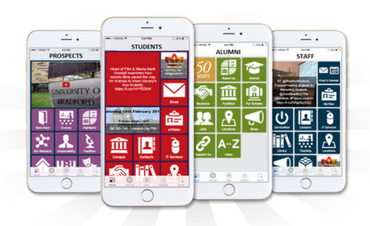Matthew Sherlock, Product Director, Ex Libris Mobile Campus Solutions
Since mobile phones and devices stormed their way onto the market, there have been diametrically opposed opinions as to whether they should or should not be used in the classroom. Does having these devices in a teaching environment increase distraction or enhance discovery?
As with many things in life, the answer is probably a mixture of both. Perhaps the question is less “Should phones be allowed in classrooms?” and more “What are the ways these devices can be used to improve the learning experience for students and increase their success?”

For students, ‘anywhere, anytime’ access has great advantages and can bring new ways to increase learning success.![]()
The traditional view of in-class mobile use is that it causes a distraction—to the student using the device, to those around them who are disturbed by the flickering screen, and to the lecturer, who loses personal interaction with the student who is focused on something else.
Distractions have always been a part of learning. From passing notes around class to whispering to the person next to them, it has always been a challenge for instructors to keep students on task and focused on the work.
However, in the age of digital technology, attention spans are getting shorter and the distractions available in mobile devices (social media, games, streaming music and video) are more enticing. That these devices can fit in the palm of your hand makes them even more available.
Some institutions take the view that the disadvantages outweigh any positives, and have put either a partial or a total ban on mobile devices being used during teaching. This may solve the immediate problem, but it also eliminates the ability to engage with students on a platform that they are familiar with and which is with them wherever they go.
The other option, in-class mobile engagement, can take many forms, from monitoring attendance to providing ready access to learning materials. Mobile devices can also allow photographs to be taken of presentations and notes. This means that the classroom is not the sole location of the lecture—it accompanies the student. Already, through their LMS students can learn anywhere, collaborate with peers, and with instant messages, get feedback from instructors quickly. Indeed, mobile devices have become great facilitators, allowing learners to access information and record their observations in the field, be that in a medical facility within a busy metropolis or in some remote part of the world.
For students this “anywhere, anytime” access has great advantages and can bring new ways to increase learning success. For teachers it opens up new ways of engaging learners and exploring concepts. For institutions, the use of mobile devices in teaching and learning can cut administrative overhead, provide valuable insight into how students are interacting with their courses, and improve student satisfaction.
An integrated mobile app that can collect these services into one place is the ideal platform to facilitate student learning. Perhaps the time has come to embrace mobile as an aid for teaching success.
March 5, 2018






